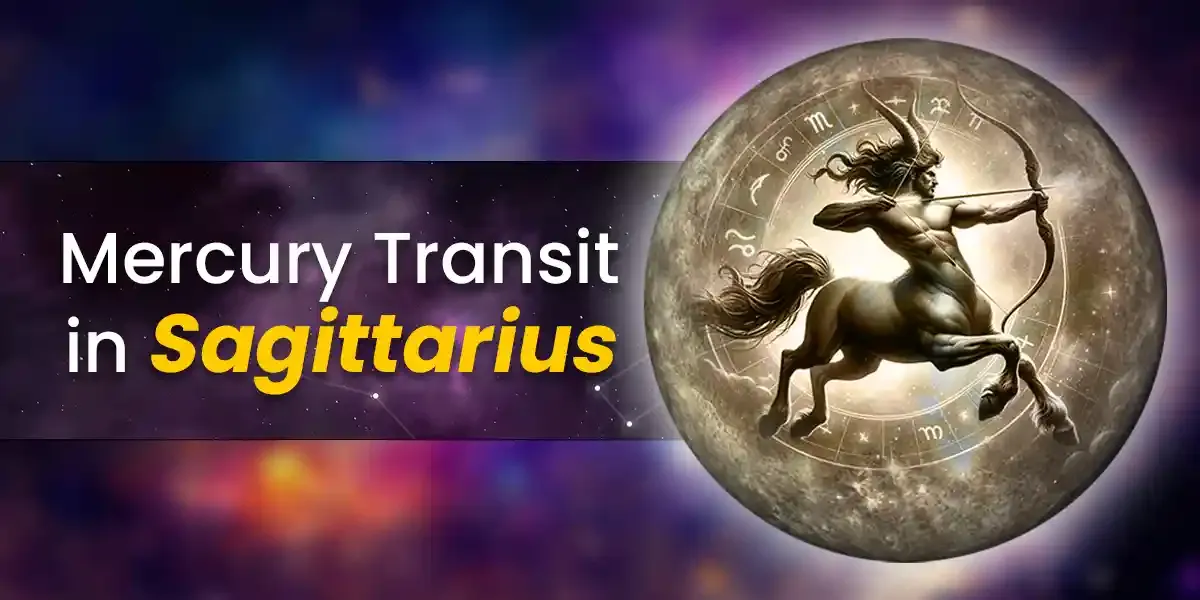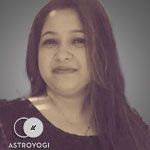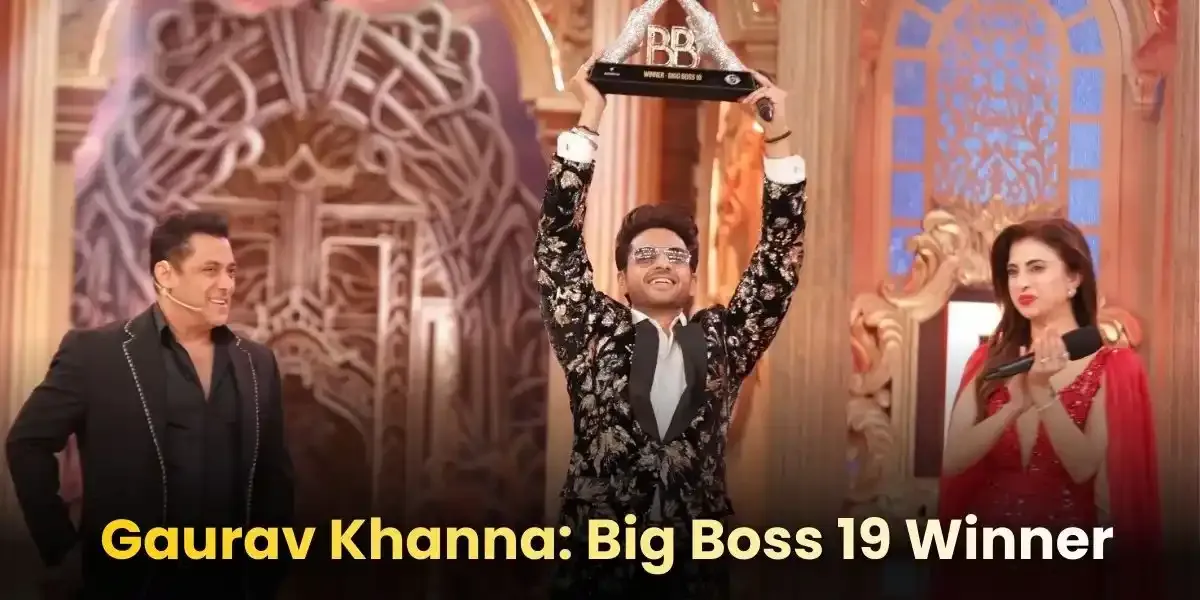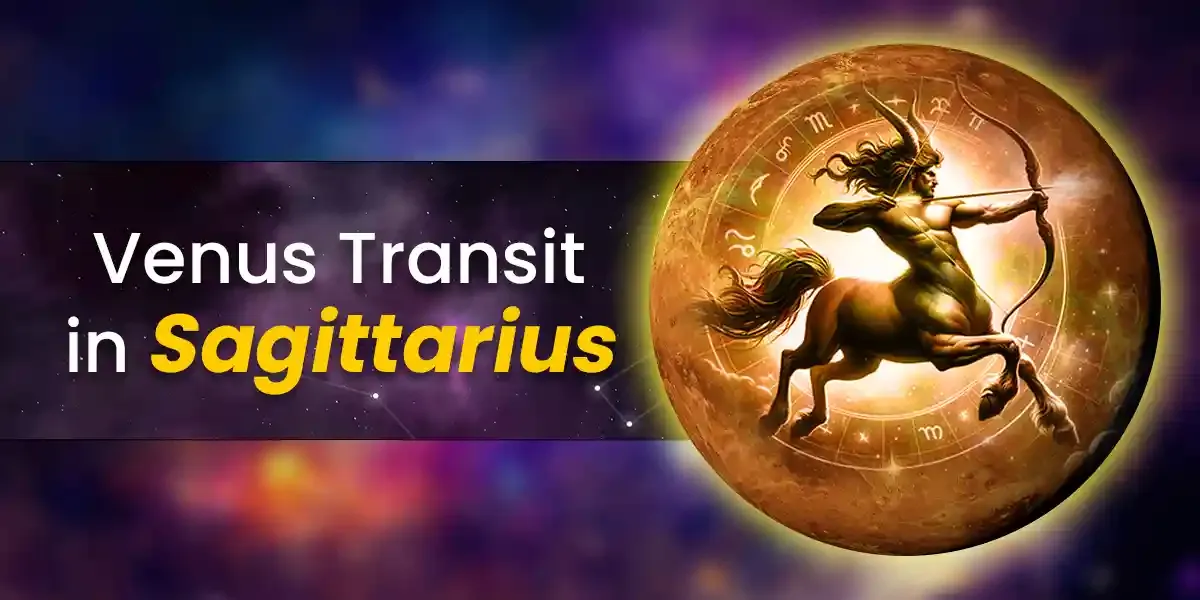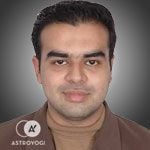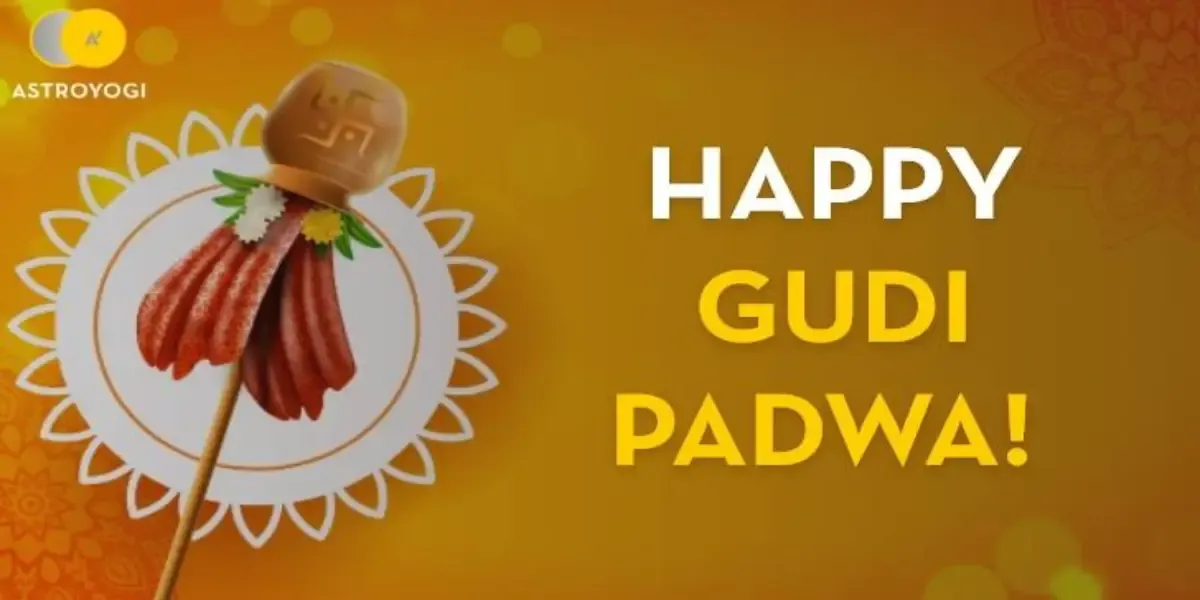
The Marathi New Year, Gudi Padwa, holds much importance for people. It is celebrated with great enthusiasm by many Indians. Read here to know all about this festival.
The festival of Gudi Padwa marks the beginning of the New Year according to the Luni-solar (Amanta) Chaitradi Hindu calendar. Gudi Padwa is observed with a lot of zeal on the first day of the Chaitra month.
Gudi Padwa is commonly known by various names in different regions of India. The New Year celebrations associated with Gudi Padwa are a massive occasion in Maharashtra. In Andhra Pradesh and Karnataka, this particular auspicious occasion is observed as Ugadi and Yugadi. In Gujarat, Sindhi Hindus observe this occasion as Cheti Chand.
Let’s get to know more.
Gudi Padwa 2022 Date And Time: When Will It Be Celebrated?
Gudi Padwa, also known as Samvatsar Padvo, is celebrated as the first day of a New Year by Konkanis and Maharashtrians. It is believed that the new Samvatsara, which is a cycle of sixty years, begins on this day. You should know that all the sixty years are identified by unique names.
The Luni-solar Chaitradi Hindu calendar denotes a calendar system that considers the month of Chaitra as the start of a new year. The term 'Chaitradi' means 'the beginning with Chaitra.' Gudi Padwa falls on the first day (Pratipada Tithi) of Shukla Paksha or the bright phase of the Moon in Chaitra. As per the Gregorian calendar, this festival falls in April every year. The occasion of Gudi Padwa 2022 will fall on 2nd April 2022 (Saturday).
Given below are the important dates and times for this occasion.
- Marathi Shaka Samvata 1944 Begins
- Pratipada Tithi (Starts) - 11:53 AM, 1st April 2022 (Friday)
- Pratipada Tithi (Ends) - 11:58 AM, 2nd April 2022 (Saturday)
Do you have any astrology-related questions? If yes, turn to Astroyogi right away!
What Is The Significance of Gudi Padwa?
The Gudi Padwa festival marks the arrival of the spring season or the Vasant Ritu. Gudi Padwa marks the traditional New Year for Konkani and Marathi Hindus; however, it is not limited to them only; many other Hindus also observe this occasion. It is celebrated in and around Goa, Maharashtra, and the union territory of Daman on the first day of Chaitra, according to the Luni-solar Amanta calendar.
The farming community celebrates the Gudi Padwa festival as their harvest festival, especially in Maharashtra and Goa. This marks the end of the Rabi season, which is why this becomes the most important harvesting time for the farmers, as it consists of the reaping of Rabi crops. This festival is celebrated as Ugadi in some parts of Karnataka and Andhra Pradesh. The Ugadi rituals are different from that of Gudi Padwa. But, the essence of the day remains the same.
The festival is celebrated with enthusiasm and zeal as it holds a lot of importance. The word 'Padwa' originates from 'Paddava,' signifying the first day of the waxing Moon. The other word, 'Gudi,' means the emblem or flag of Lord Brahma, which is raised on this day.
Mythological Tales And Legends Associated with Gudi Padwa
According to mythology, the Gudi Padwa festival is considered quite important. This particular festival is associated with the mythical day on which the divine Hindu God- Lord Brahma, created the universe. According to the scriptures, it is from this day onwards that the concept of time came into being. Additionally, this festival also commemorates the crowning of Lord Rama as the rightful king of Ayodhya upon his return to his kingdom after completing fourteen years of exile. The Gudi (flag) symbolizes the divine Lord Rama's triumph over the immoral and evil Ravana. This flag is hoisted to symbolize the triumph of good over evil and how the victory of good is always held high. The 'Gudi' or flag on the stick is similar to the victory flag that flutters in the sky.
The 'Gudi' is seen as being a symbol of victory. As per Marathi history, the brave Chhatrapati Shivaji Maharaj hoisted a 'Gudi' or a flag as a sign of victory when he and his forces won over foreign infiltrators. This is why this festival is celebrated with incredible fervor in Maharashtra. This festival is a symbol of victory and prosperity.
What Are The Rituals Associated with Gudi Padwa?
The spring festival, Gudi Padwa, holds enormous significance. It is observed with a lot of gaiety and zeal.
Here are the rituals associated with Gudi Padwa.
- The day of Gudi Padwa begins with a ritualistic oil bath. People rub oil on their bodies and then take a bath. Both the young and old begin their day with a holy bath and wear traditional attire. Taking an oil bath and eating Neem leaves are specified by the scriptures. It is believed to cleanse the bodies and souls of the people and prepare them for a new dawn. The bath is followed by prayers.
- On this occasion, people clean their homes and then decorate them with Gudi Padwa Rangoli. The women wake up early and draw a Rangoli in the front yard, the main entrance of their house, and at the foot of the Gudi as it is a symbol of auspiciousness. People use powdered rice, turmeric, and vermillion for the Rangoli. Flowers and candles can also be used to make it more visually appealing. The Gudi Padwa Rangoli is believed to usher in good luck and ward off negative energies. Additionally, people decorate the entrance of their houses with Torans of Mango leaves or flowers.
- A traditional 'Gudi' can be found in every household in Maharashtra. A long bamboo stick is adorned with beautiful and auspicious red, yellow, or saffron-colored ornamented cloth. Over this, an inverted Kalash made of copper, silver, or bronze is put. Additionally, Mango leaves, Neem leaves, red flowers, and sugar crystals are placed.
- Make the holy symbol of Swastika using Kumkum (vermillion) on the Gudi. People worship the Gudi with garlands, Akshat, turmeric, flowers, and Kumkum.
- After this, Lord Brahma is worshiped, and then the Gudi is hoisted.
- Hoisting the Gudi is an important ritual, and you must raise it in the right way. Before raising the Gudi, you must clean the area and draw a Swastik Rangoli on the ground. You should also offer turmeric and Kumkum at the center of this Swastik.
- The 'Gudi' is placed on the right side of the house's main door. It can also be hoisted outside the house entrance, outside a window, or the terrace. This is done so that it is visible to everyone around. Make sure that the Gudi is tilted and not straight. The inverted Kalash on the bamboo stick signifies victory. This is known as the 'Gudi' and is believed to bring home prosperity, fortune, and good things. The 'Gudi' is hoisted while chanting the Gudi Padwa mantras.
- After hoisting the Gudi, Lord Vishnu is worshiped with complete rituals to attain prosperity and security.
- The Prasad of Gudi Padwa is unique. A preparation is made from Jaggery and Neem. The bitter-sweet flavor is symbolic of life's journey, which is filled with happiness and sorrows.
- In the evening, processions are held where people gather and perform the Lezim.
- Feasting is an integral part of the Gudi Padwa festival, and special delectable dishes are prepared. Traditional dishes such as Puran Poli, Rice Chakli, Sanna, Shrikhand, Bhakarwadi, Kanangachi Kheer, etc., are prepared and then enjoyed with friends and family. Many people also start their day with the intake of a paste that consists of Neem leaf extract, jaggery, and tamarind. Besides the traditional recipes, it is customary for people to eat Neem leaves and Mishri.
- On the next day, people should drink water kept in the Kalash and then place Bamboo canes on top of the Gudi.
Traditionally, Maharashtrian women drape a traditional Nauvari saree or a Kashta, a nine-yard saree tucked at the back, whereas the men wear Kurta with Pajama or Dhoti. They also wear a red or saffron turban. People believe that by hoisting the Gudi, one can pave the way for happiness, prosperity, and good luck in their homes and lives.
As the Gudi Padwa festival marks the beginning of the New Year, people pray for prosperity, good health, and happiness. Many people also visit nearby temples. It's also quite common for people to light lamps to welcome the New Year. The occasion of Gudi Padwa is all about new beginnings. Additionally, the Gudi Padwa Muhurat is significant as it falls under 'Sadhe Teen Muhurat.' As per Vedic astrology, any work conducted on the days that create 'Sadhe Teen Muhurta' will give positive results.
Apart from the earlier regions where Gudi Padwa is celebrated with much gusto, this occasion is also significant for North India. In many North Indian states, this same day marks the beginning of Chaitra Navratri festivities, culminating in Rama Navami.
If you have any questions about Gudi Padwa 2022 or want to make the most of this festival, get in touch with Astroyogi astrologers right away!
Astroyogi wishes you a Happy Gudi Padwa!
Our in-house team of writers comprises of vibrant, like-minded, and curious souls who are passionate about helping people find joy and motivation through the magic of words. Our writers are keen on using their skills to make the study of divination sciences a guiding tool in people's lives. They hold expertise in writing on a myriad of topics related to Indian Astrology, Spirituality, Planetary Movements, Vastu Shastra, Numerology, and Tarot among several others. The Astroyogi team aims to write articles that can help the readers lead a life of peace and tranquility whilst enjoying the many ups and downs of life!
























